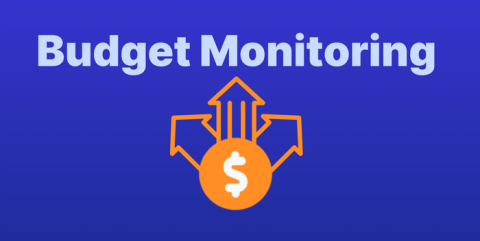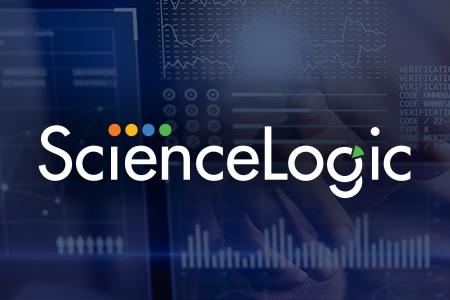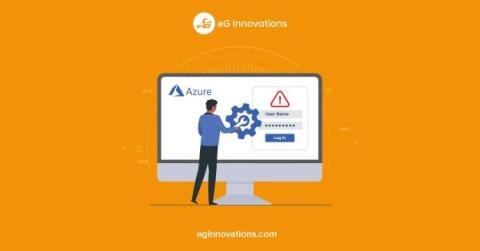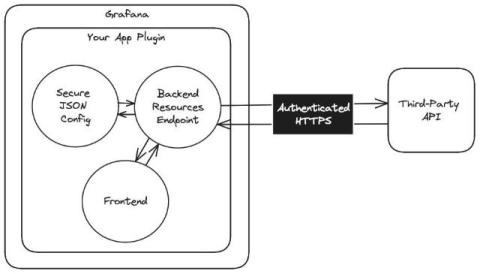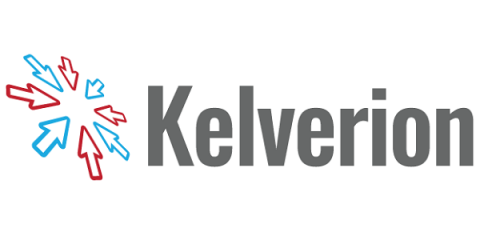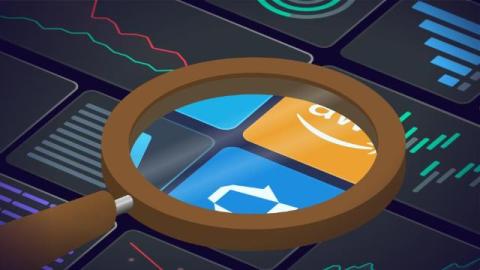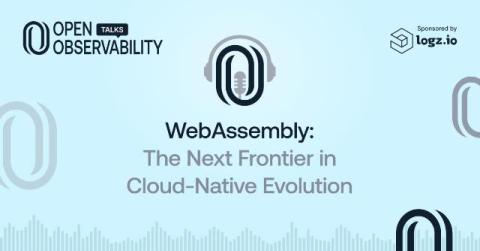New Anodot Cost Update: Improved Budget Monitoring Features for Multi-Cloud Environments
Cloud budgeting just got easier on the Anodot platform. Our budget monitoring tool has transformed to make tracking finances in the cloud seamless, customizable, and, above all, easy.


